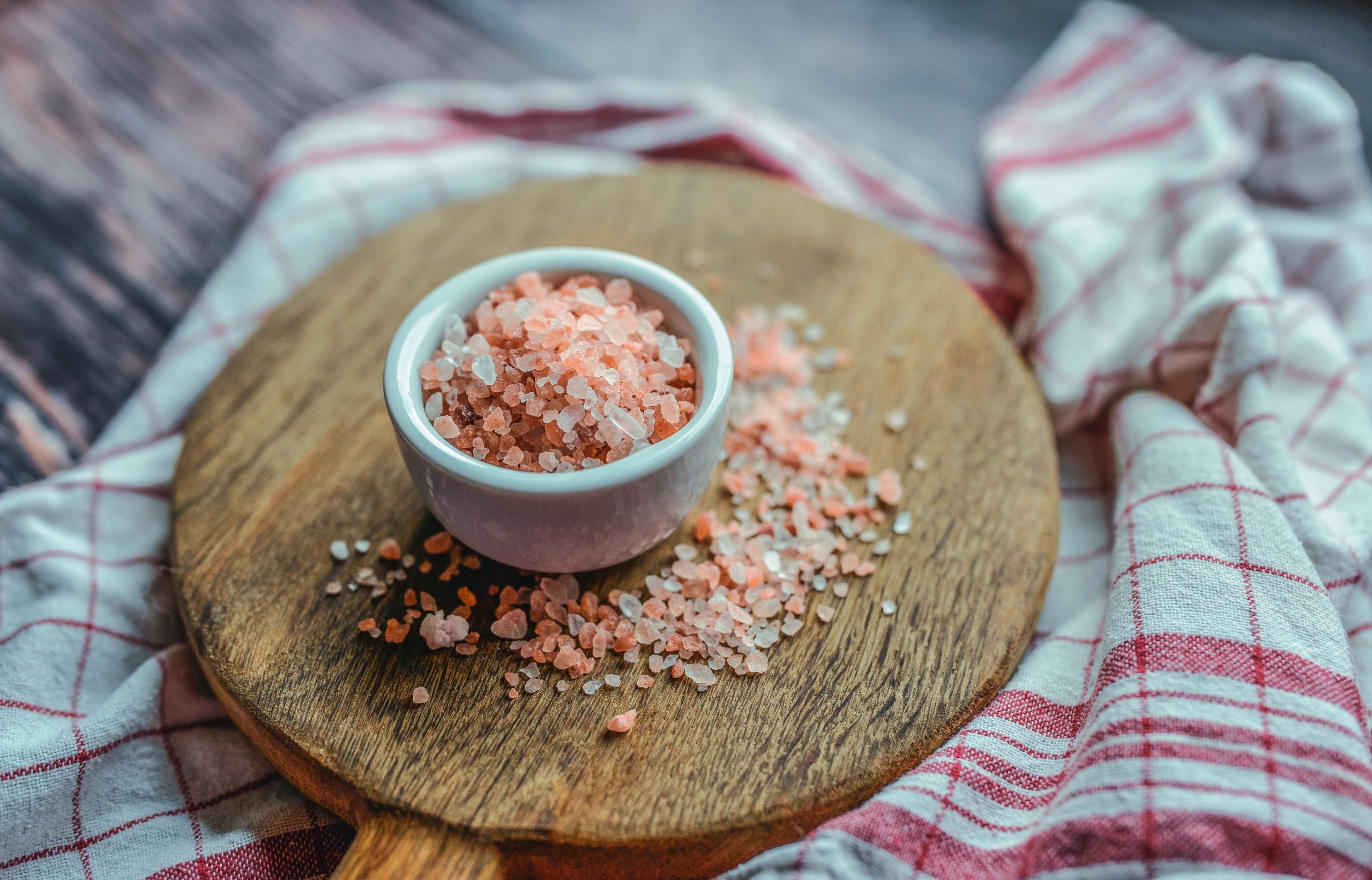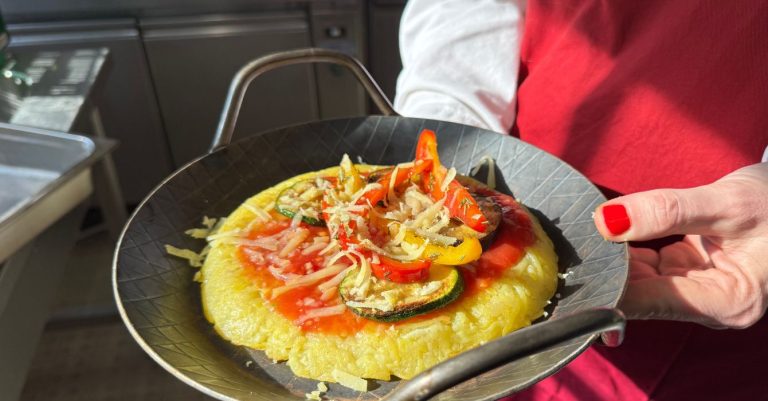Is salt "allowed"? In short: yes. According to Wacker, any type of salt is allowed. However, there are differences between salts, and if you want to make your diet as beneficial as possible, you can pay attention to the type of salt you use. Table salt or table salt is the most common form of salt you can find in supermarkets. It consists mainly of the essential minerals sodium and chloride, but is poorer in other minerals than other forms of salt.
Table or cooking salts are enriched with chemical anti-caking agents
Table or table salt is obtained by chemical refining and lime, silicates, magnesium carbonate or potassium ferrocyanide (E 536) are usually added so that it does not clump in the shaker. More natural salts, such as Celtic salt or Himalayan salt, contain a higher proportion of the alkaline minerals potassium, magnesium and calcium, as well as other trace elements, depending on the origin of the salt.
Himalayan salt is a particularly popular alternative salt. It consists of crystals extracted from a salt mine in the Himalayan mountains. This pink salt from Pakistan is extracted from old, dried-up sea deposits and has a significantly higher concentration of minerals and trace elements than conventional table salt. It contains iron, calcium, potassium and magnesium, among other things, and therefore not only enriches the flavour of food, but can also have a positive effect on health.
Pink salt from Pakistan and Peru
The colour of the pink salt comes from the iron oxide (imagine how the colour of iron changes to reddish on contact with water and oxygen). The Himalayan salt you find in supermarkets is mostly mined in the second largest salt mine in the world - Khewra Salt Mine in Punjab, Pakistan. The sea is said to have been there thousands of years ago. Lava is said to have covered the area in a volcanic eruption, the water evaporated and the salt crystals remained!
You can also find pink salt in Peru. The colour is slightly weaker than that of Himalayan salt and the salt is extracted from a saltwater spring in the mountains of Peru. These Maras salt mines are much smaller than the mines in Pakistan, and they are easy to visit if you are travelling to nearby Cusco and Macchu Picchu!
Pyramid-shaped salt crystals from Essex in England
There are also numerous natural sources of salt in Europe. One well-known variety from Great Britain is Maldon salt. The crystals of this salt have a very special, wafer-thin pyramid shape. This sea salt is still extracted by hand from the waters of the English Channel in Essex, southern England, using traditional methods!
Mediterranean salt, on the other hand, is extracted on the west coast of Sicily in Trapani, Paceco and Marsala. The salt pans are part of a Nature reservewhich also home to numerous animal and bird species - including flamingos! - a home. Another well-known Italian salt spring is Cervia in Emiglia Romana, on the Adriatic coast in the north-east of the country. Both sea salts are extracted using traditional methods and the salt pans can be visited for wonderful views, especially at sunrise or sunset. Especially in July to September, you have a good chance to see how the traditional methods are applied live.
Sea salt from the Atlantic, Adriatic and Mediterranean
From France, on the other hand, comes "Celtic" sea salt, also known as sel gris, because of its grey colour. It is harvested on the southern Atlantic coast in Brittany. The somewhat coarser sel gris is also used to produce the finer, white "fleur de sel". This salt is also very rich in minerals and is extracted in a similar way to the other sea salts by letting seawater run into a basin, then closing the basin and allowing the seawater to evaporate. The grey colour of Celtic salt is due to the presence of an unusual type of clay in these salt marshes, which not only changes the colour but also increases the mineral content of the salt. It contains particularly high levels of magnesium due to these clay residues.
Ein einfacher „Food-Hack“
If you want a colourful salt cabinet, you can also invest in black salt from the Himalayas, Cyprus and Hawaii, buy red salt from Hawaii or California (the colour comes from red lava rock), or even blue salt from Iran. Although some of the above salts are a little more expensive than table salt, bear in mind that a packet of salt usually lasts a long time, so buying high-quality salts is a fairly budget-friendly way to make every meal a little more nutritious and even more colourful (with coloured salts) or more shapely (with the specially shaped Maldon salts)!








